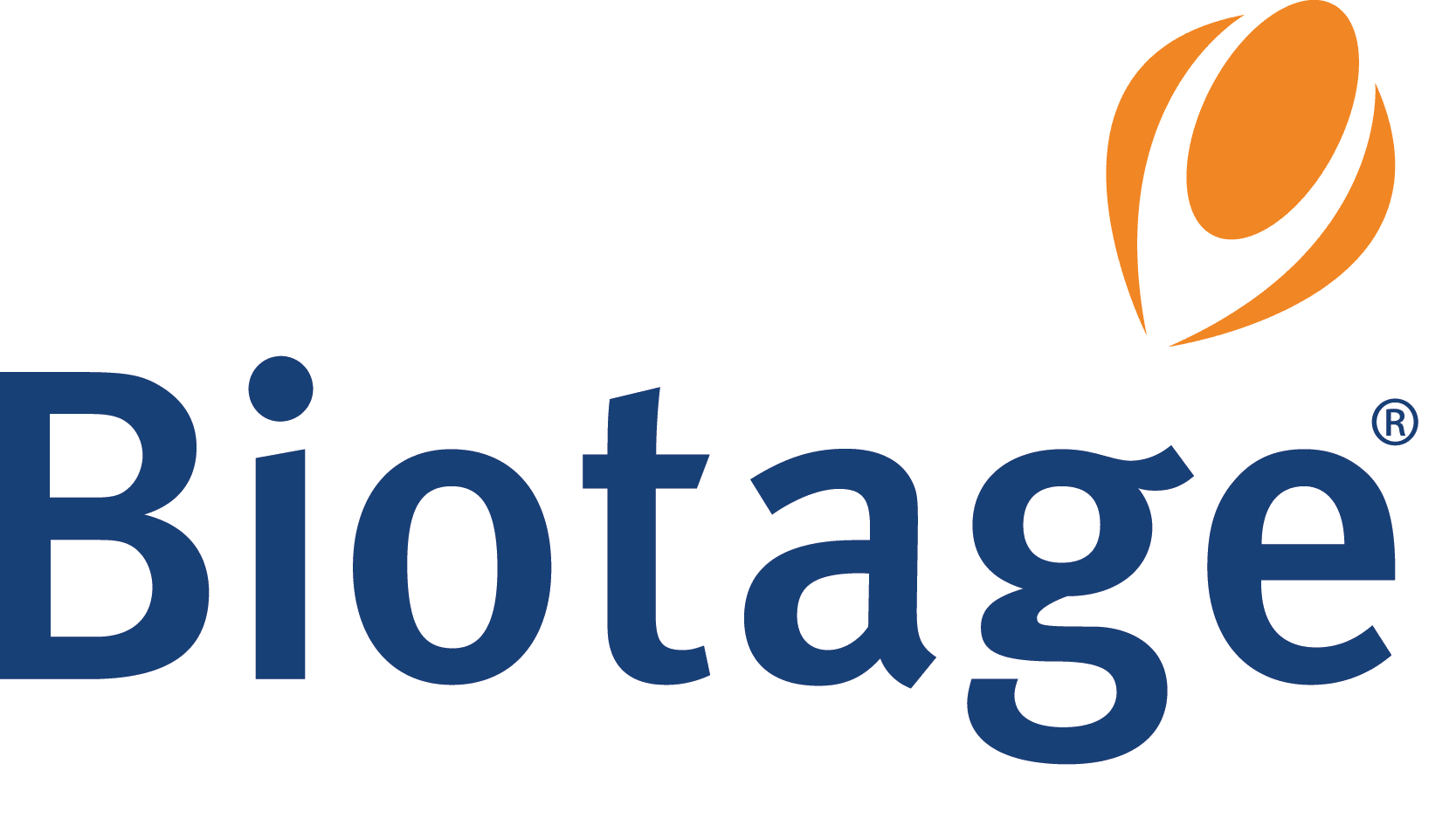Introduction
Rezex ion exclusion HPLC columns are the solution for several published USP methodologies. The Rezex RPM (Pb+2) and RCM/ RCU (Ca+2) phases will give you the selectivity needed while the short Rezex RPM 100 x 7.8 mm columns will help to increase throughput.
 TN-1054 APPLICATIONS
TN-1054 APPLICATIONSTablet formulations of most major pharmaceutical drug products contain significant amounts of inactive ingredients (excipients) in their formulations. Such excipients are often used as binders to hold a tablet together or as a filler to increase the bulk volume of a tablet (especially for highly potent active pharmaceutical ingre- dients). Sugar alcohols, such as mannitol, sorbitol, and xylitol, are often used as fillers because of their inert properties and sweet taste1. While inexpensive and convenient, such sugar alcohols require unique methods for analysis and quantitation by HPLC due to their high polarity and lack of a UV absorbing chromophore. For such separations, ion exclusion chromatography is often used to detect and quantitate sugar alcohols. The method uses a combi- nation of separation modes including gel filtration, ion-exchange, and affinity to resolve minor differences between the sugar alco- hols.Several different USP methods have been developed that take ad- vantage of the unique selectivity provided by ion exclusion HPLC. In this technical note, several different separations of sugars and sugar alcohols were performed that mimic the USP methods us- ing Rezex RPM and RCU HPLC columns2.
Material and Methods
Analyses were performed using a HP 1100 LC system (Agilent Technologies, Palo Alto, CA, USA) equipped with an autosampler. Analytes were detected using either a Shimadzu RID10A RI detec- tor (Shimadzu Scientific, Columbia, MD, USA) or a Polymer Labs ELS-2100 ELSD detector (Polymer Labs, Amherst, MA, USA). HPLC columns used for analysis include Rezex RPM 100 x 7.8 mm and 300 x 7.8 mm columns (USP L34). In addition, the Rezex RCM 300 x 7.8 mm and Rezex RCU 250 x 4.0 columns (USP L19) (Phenomenex, Torrance, CA, USA) were used to provide alternate selectivity. Sugars and sugar alcohols were purchased from Sig- ma Chemicals (St. Louis, MO, USA) and solvents were purchased from Thermo Fisher Scientific (Fairlawn, NJ, USA). The HPLC conditions used were dependent on the columns be- ing used. For applications using the Rezex RPM and Rezex RCM columns, a flow rate of 0.6 mL/min was used. The applications using the Rezex RCU column used a flow rate of 0.2 mL/min. An isocratic method was used with water as the mobile phase and the column temperature was maintained constant between 75 °C and 85 °C, depending on the application run.
Results and Discussion
Efforts were undertaken to perform separations on different Rezex columns mimicking the different USP methods that are used to analyze excipients. Ion exclusion chromatography of- fers advantages over HILIC based methods in that they are isocratic, use a simple mobile phase (water), and can resolve chemically similar sugars. Depending on the metal salt used in the column (Lead {Pb+2} or Calcium {Ca+2}), one can achieve significantly different selectivities that can be used to optimize the desired separation. An example of a sugar and sugar alcohol mixture run on the Rezex RPM 300 x 7.8 mm column is shown in Figure 1. In this application, the Rezex RPM separates 11 different sug- ars and sugar alcohols. Note how the column separates the isomers mannitol and sorbitol (peaks 8 and 11) with over 10 minutes of separation between the peaks. This type of sep- aration is useful when a complex mixture of sugars is used in a formulation and one wishes to elucidate all the poten- tial components. However, the long run time may be an is- sue when a large number of samples must be analyzed.





